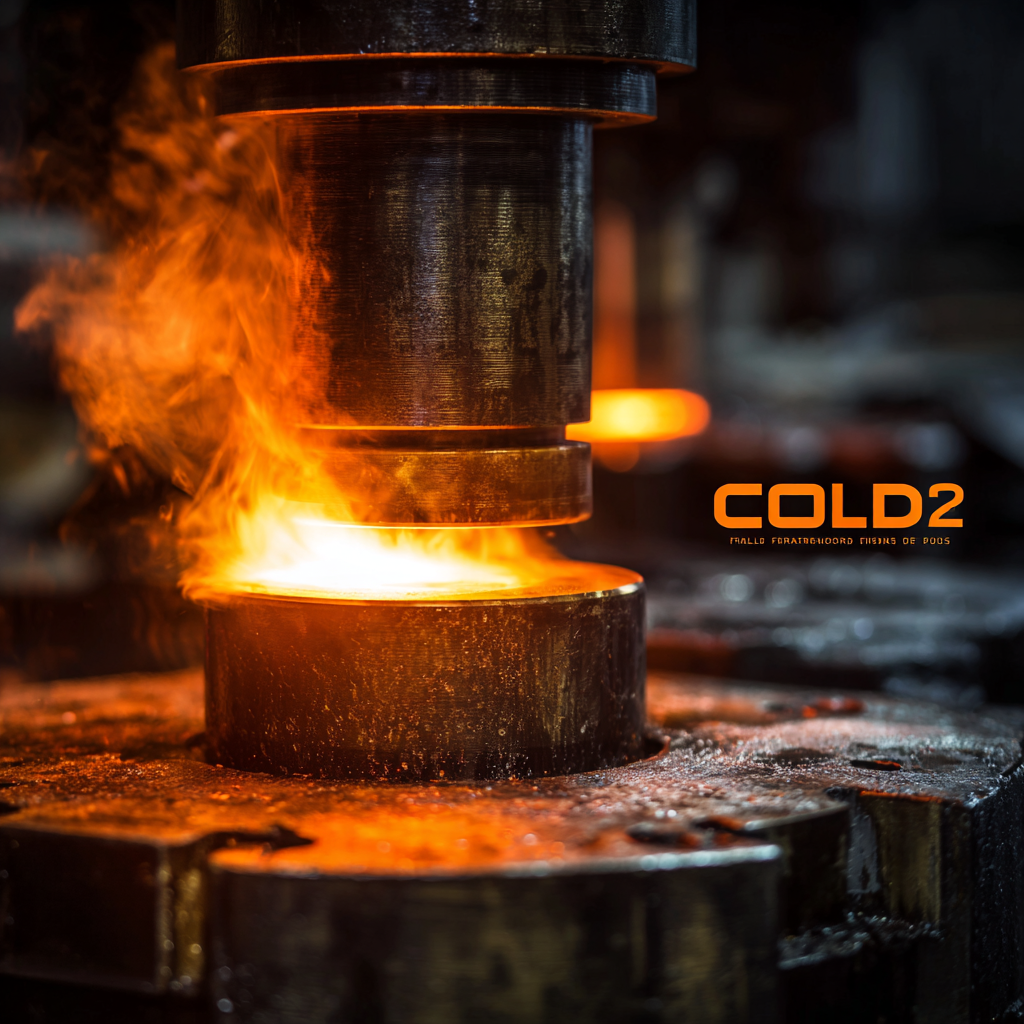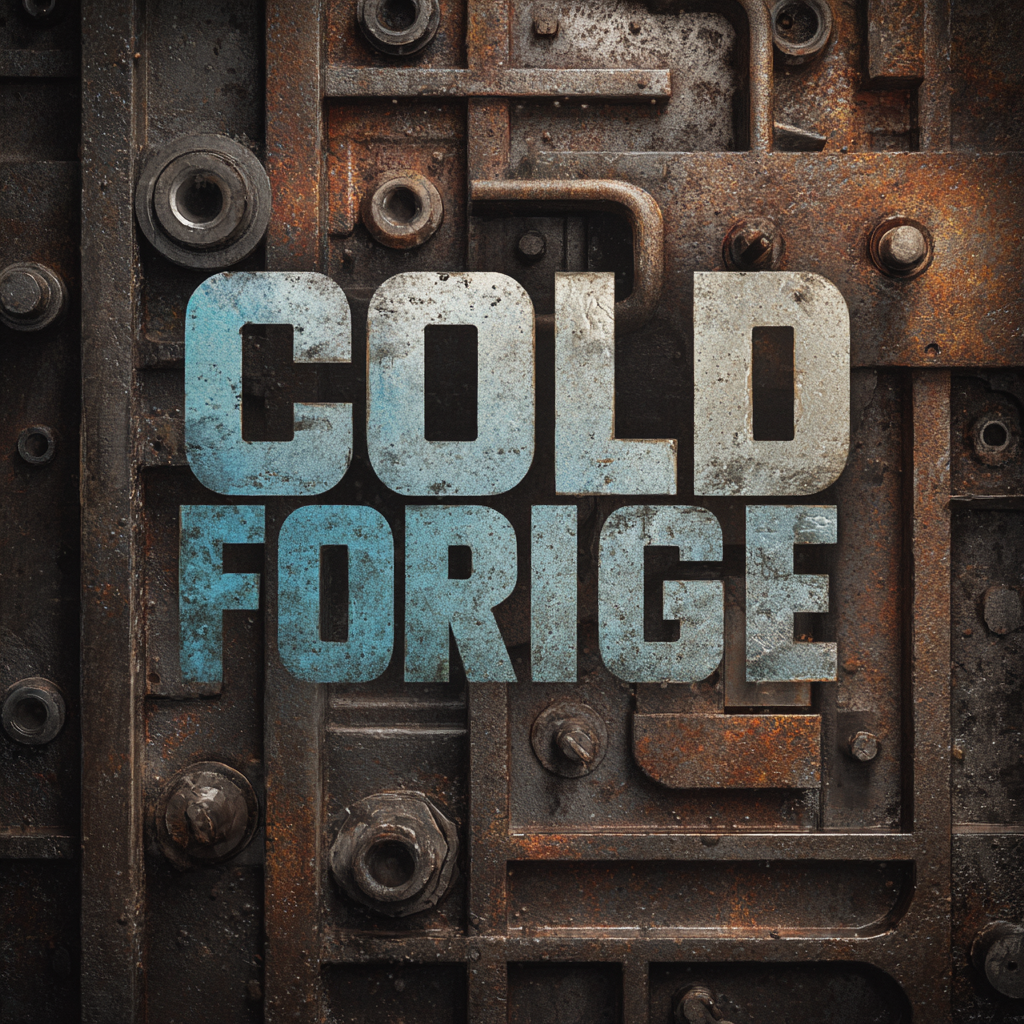Leave Your Message
-
Phone
-
E-mail
In the realm of manufacturing, the production of Cold Forging Die plays a pivotal role in ensuring the quality and efficiency of metal shaping processes. Cold forging, a technique that involves deforming metals at room temperature, necessitates precision-engineered dies that can withstand immense pressures while maintaining shape and integrity. However, the production of these dies is not merely a technical endeavor; it also involves navigating complex industry standards and certifications.

Understanding the specific import and export regulations related to cold forging die production is crucial for manufacturers aiming to compete in the global market. This blog will delve into the various industry standards that govern cold forging die production, highlighting the significance of compliance in achieving performance excellence and market readiness.
By shedding light on the essentials of industry regulations, we aim to equip manufacturers with the necessary insights to optimize their production processes and enhance their competitive edge.
In the realm of cold forging die production, employing advanced materials can significantly enhance the performance and efficiency of the manufacturing process. Materials such as titanium alloys and composite materials are gaining attention for their lightweight properties and superior strength, which are essential in industries like aerospace and automotive. For instance, the use of NiAl-based turbine rotor blades fabricated via laser powder bed fusion (LPBF) illustrates the potential of innovative materials to withstand extreme conditions while minimizing weight. This aligns with the increasing demand for high-performance components that can improve fuel efficiency and overall sustainability.

Moreover, innovative steel casting techniques that utilize the TRIP (Transformation-Induced Plasticity) and TWIP (Twinned-Induced Plasticity) effects are opening new avenues for producing safer and more sustainable parts. The integration of these materials not only enhances the mechanical properties of the dies but also allows for complex geometries that were previously unattainable through conventional methods. As industries strive for better performance and lower environmental impact, the adoption of advanced materials in cold forging die production is becoming crucial for maintaining competitive advantages in the market.
Precision engineering plays a crucial role in enhancing the performance of cold forging dies, which are pivotal components in the manufacturing process. According to a report by the Precision Engineering Society, achieving dimensional tolerances of ±0.01 mm in die production can significantly increase tool life and reduce manufacturing costs by up to 15%. This level of precision not only ensures better fit and function in the finished products but also minimizes material waste during the forging process.
Furthermore, modern advancements in computer-aided design (CAD) and computer-aided manufacturing (CAM) technologies have revolutionized the cold forging industry. A study from the International Journal of Advanced Manufacturing Technology indicates that integrating advanced simulation techniques can lead to a 30% improvement in the accuracy of die geometries. By employing these technologies, manufacturers can optimize the die design process early, reducing the need for costly modifications later in production. This integration of precision engineering principles not only enhances productivity but also drives innovation in product design and overall efficiency in cold forging operations.
| Aspect | Standard Value | Measurement Unit | Impact on Performance |
|---|---|---|---|
| Die Hardness | 50-60 HRC | HRC | Higher hardness ensures longer tool life and reduced wear. |
| Die Surface Roughness | Ra 0.4-0.8 µm | µm | Smoother surface reduces friction and improves finish quality of the forged part. |
| Die Lifetime | 300,000-500,000 cycles | Cycles | Longer die lifetime reduces replacement costs and downtime. |
| Temperature Control | 550-650 °C | °C | Maintaining proper temperature optimizes material flow during forging. |
| Precision Tolerance | ±0.01 mm | mm | High precision ensures accurate fit of components post-forging. |
In the cold forging industry, cost efficiency and waste reduction are paramount for successful die production. Cold forging, an innovative manufacturing process, utilizes metal at room temperature to shape components without the need for excessive heating. This not only conserves energy but also significantly reduces production costs. By optimizing material usage and employing precise die design techniques, manufacturers can minimize scrap materials and repurpose any excess, ensuring more sustainable practices.

Achieving waste reduction in cold forging processes can be enhanced through the adoption of advanced technologies such as simulation software and automated machinery. These tools allow engineers to predict material behavior and streamline production workflows. By analyzing the entire production cycle, from initial design to final output, facilities can identify bottlenecks and unnecessary steps that contribute to waste. Implementing strict quality control measures further ensures that defects are minimized, leading to higher yields and a better return on investment. As companies focus on these industry standards, the pursuit of cost efficiency and waste reduction will not only bolster their bottom line but also pave the way for a greener manufacturing future.
The advent of Industry 4.0 technologies is revolutionizing cold forging die production standards. As the manufacturing sector embraces advanced digital solutions, processes are becoming more efficient and precise. Technologies such as artificial intelligence, the Industrial Internet of Things (IIoT), and automation are enabling manufacturers to optimize their die production, leading to improved product quality and reduced operational costs. These innovations also facilitate real-time data analysis, which enhances decision-making and strengthens risk management strategies within the production line.
To maximize the benefits of Industry 4.0 in die production, manufacturers should consider the following tips: First, invest in digital infrastructure to collect and analyze data effectively. This will not only streamline operations but also empower employees with critical insights that can drive better outcomes. Second, focus on integrating collaboration tools that foster communication between departments. Enhanced teamwork can lead to faster problem resolution and innovative solutions. Finally, prioritize training programs that equip the workforce with the necessary skills to navigate this digital transformation successfully.
By aligning with these strategies, industrial enterprises can harness the full potential of Industry 4.0, thus positively impacting the standards of cold forging die production and setting a foundation for sustainable growth.
Sustainability has become a central tenet in the cold forging industry, driving manufacturers to adopt practices that minimize environmental impact while maintaining efficiency. Modern cold forging techniques are designed to significantly reduce waste and energy consumption compared to traditional methods. By utilizing advanced materials and optimizing the forging process, manufacturers can produce high-quality components with less material loss, leading to a smaller carbon footprint. The shift towards sustainable practices not only benefits the environment but also enhances the overall competitiveness of manufacturers in a market that increasingly values eco-friendly solutions.
Moreover, the integration of renewable energy sources in the production process plays a pivotal role in advancing sustainability in cold forging. Companies are now investing in solar and wind energy to power their facilities, further reducing their reliance on fossil fuels. Additionally, the recycling and reuse of materials have become standard practices, providing an efficient loop that conserves resources. These efforts not only align with global environmental standards but also resonate well with consumers who are increasingly making purchasing decisions based on a company's commitment to sustainability. As the cold forging industry continues to evolve, the focus on environmentally-conscious practices will remain imperative for long-term viability and success.
